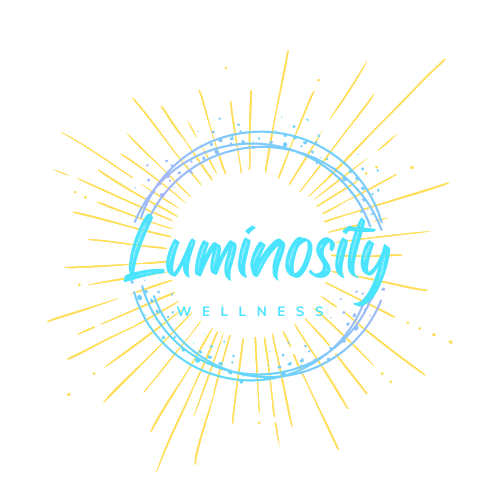As the summer sun beckons us outdoors, it’s essential to be aware of the risks associated with UV exposure and take steps to protect our skin. July is UV Safety Month, a timely reminder to prioritize skin health and understand the importance of UV safety. This blog will cover the dangers of UV rays, the benefits of sun protection, and practical tips for safeguarding your skin from harmful UV rays during the sunny season.
The Importance of UV Safety
Ultraviolet (UV) radiation from the sun is a major factor in skin damage, premature aging, and skin cancer. There are two primary types of UV rays that reach the earth’s surface: UVA and UVB. UVA rays penetrate the skin more deeply and are primarily responsible for long-term skin damage, such as wrinkles and age spots. UVB rays are the main cause of sunburn and play a significant role in the development of skin cancer.
According to the Skin Cancer Foundation, one in five Americans will develop skin cancer by the age of 70. Additionally, having five or more sunburns doubles your risk for melanoma, the deadliest form of skin cancer. These statistics highlight the critical need for effective UV protection.
Risks Associated with UV Exposure
- Skin Cancer: Prolonged exposure to UV radiation can damage the DNA in skin cells, leading to mutations and the development of skin cancer. The most common types are basal cell carcinoma, squamous cell carcinoma, and melanoma.
- Premature Aging: UV rays accelerate the aging process by breaking down collagen and elastin fibers in the skin, leading to wrinkles, sagging, and age spots.
- Eye Damage: UV exposure can also harm the eyes, increasing the risk of cataracts, macular degeneration, and photokeratitis (sunburn of the cornea).
- Immune System Suppression: Excessive UV radiation can weaken the skin’s immune response, making it more difficult for the body to fend off infections and other diseases.
Practical Tips for Protecting Your Skin
- Use Sunscreen: Apply a broad-spectrum sunscreen with an SPF of 30 or higher to all exposed skin at least 15 minutes before going outdoors. Reapply every two hours, or more frequently if swimming or sweating. Don’t forget easily overlooked areas like the ears, back of the neck, and tops of the feet.
- Wear Protective Clothing: Cover up with long-sleeved shirts, long pants, and wide-brimmed hats to shield your skin from direct sunlight. Clothing made from tightly woven fabric offers better protection. Look for clothing with a UPF (Ultraviolet Protection Factor) label for added assurance.
- Seek Shade: Avoid direct sun exposure during peak hours, typically between 10 a.m. and 4 p.m., when UV radiation is strongest. Seek shade under trees, umbrellas, or canopies whenever possible.
- Wear Sunglasses: Protect your eyes with sunglasses that block 100% of UVA and UVB rays. Wraparound styles offer the best coverage by preventing UV rays from entering from the sides.
- Be Cautious with Reflective Surfaces: Sand, water, snow, and concrete can reflect UV rays and increase your exposure. Take extra precautions in these environments by wearing protective clothing and reapplying sunscreen more frequently.
- Check the UV Index: The UV Index provides a daily forecast of the expected risk of overexposure to UV radiation. A higher UV Index indicates a greater risk of skin damage. Plan your outdoor activities accordingly and take extra precautions when the UV Index is high.
- Stay Hydrated: While not directly related to UV protection, staying hydrated helps maintain overall skin health. Drink plenty of water throughout the day, especially when spending time outdoors.
- Avoid Tanning Beds: Tanning beds emit UV radiation similar to that of the sun and can increase the risk of skin cancer and premature aging. Opt for safer alternatives like self-tanning lotions or spray tans if you desire a bronzed look.
Additional Considerations for UV Safety
- For Children: Children’s skin is more sensitive to UV radiation. Ensure they are well-protected with sunscreen, protective clothing, and hats. Teach them about the importance of UV safety from a young age.
- For Individuals with Photosensitivity: Certain medications and medical conditions can increase sensitivity to UV radiation. Consult with your healthcare provider about additional precautions you may need to take.
- For Darker Skin Tones: While individuals with darker skin have more natural protection against UV radiation, they are still at risk for skin damage and skin cancer. Regular use of sunscreen and other protective measures are equally important.
Embrace a Sun-Safe Lifestyle
Incorporating UV safety into your daily routine can significantly reduce your risk of skin damage and associated health issues. Here are a few lifestyle tips to help you stay sun-safe:
- Create a Habit: Make applying sunscreen a daily habit, even on cloudy days or when spending time indoors near windows. UV rays can penetrate clouds and glass.
- Educate Yourself and Others: Stay informed about the latest UV safety guidelines and share this knowledge with family and friends. Encourage loved ones to adopt sun-safe practices.
- Monitor Your Skin: Perform regular self-examinations to check for any new or unusual moles, spots, or changes in existing ones. Consult a dermatologist annually for a professional skin examination.
UV Safety Month serves as an important reminder to prioritize skin protection and understand the risks associated with UV exposure. By adopting sun-safe practices and making UV protection a part of your daily routine, you can enjoy the summer sun while minimizing the risk of skin damage and related health issues. If you have any concerns about UV safety or skin health, consult a qualified healthcare professional for personalized advice and recommendations. Stay safe under the sun and make UV protection a lifelong commitment to your health and well-being.
